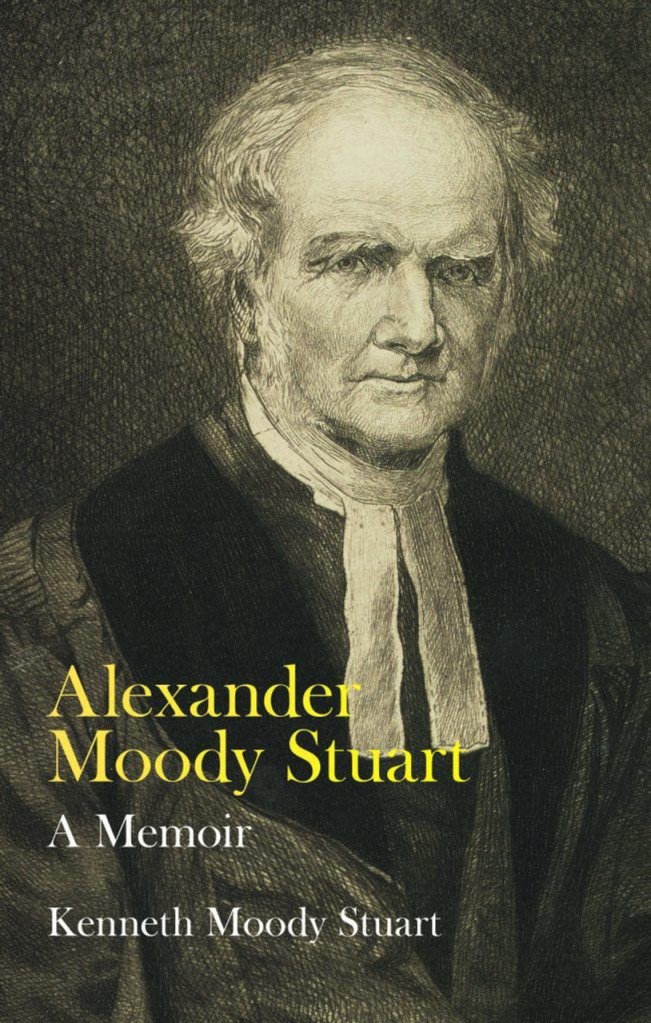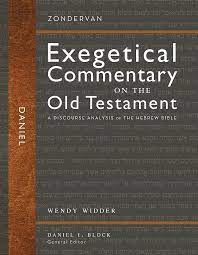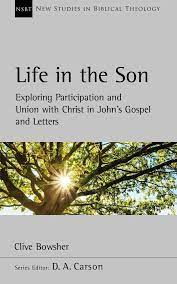
This volume picks up where his recent one on Joel, Obadiah and Jonah left off. The strengths and weaknesses are of necessity the same as he clearly worked on Micah at the same time. His Micah is on par with the best of that work (Joel).
His historical background section was my favorite of the Introduction. That time period is as fascinating as any novel could be and even covering the scholarly bases couldn’t diminish it. In unity of composition, authorship, and the text he goes scholarly to the hilt. You can imagine how that complicates conclusions. Both considering Micah among the Twelve and its relevance were better. He is quite expert on the Twelve and can plumb that line with ease. Structure, in my view, is weakly covered unless an outline is enough for you.
The commentary proper is what you’d expect, and what you’d want if the NICOT is a style you go for. Exegesis is nice. Scholarly issues deeply probed. Historical background expertly intwined. There’s some theology and, as usual, that may be a matter of taste.
If you want one major commentary, this will work fine. It’s newer and aware of what’s gone before. Theologically it’s in line with others in the series. Recommended.
I received this book free from the publisher. I was not required to write a positive review. The opinions I have expressed are my own. I am disclosing this in accordance with the Federal Trade Commission’s 16 CFR, Part 255.








